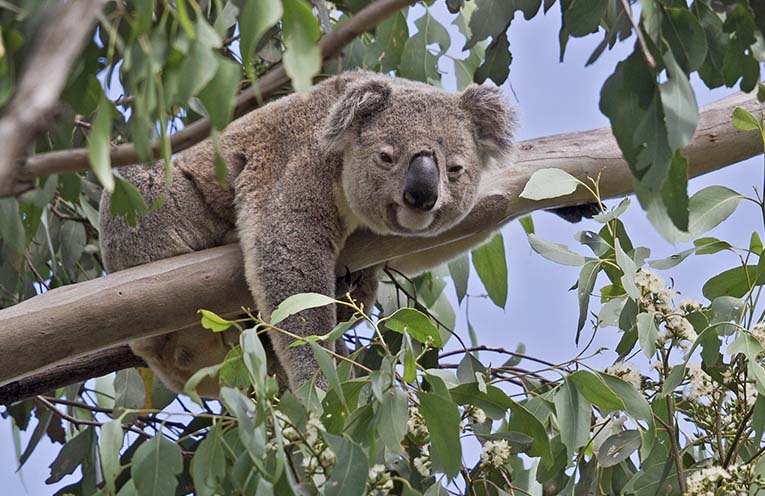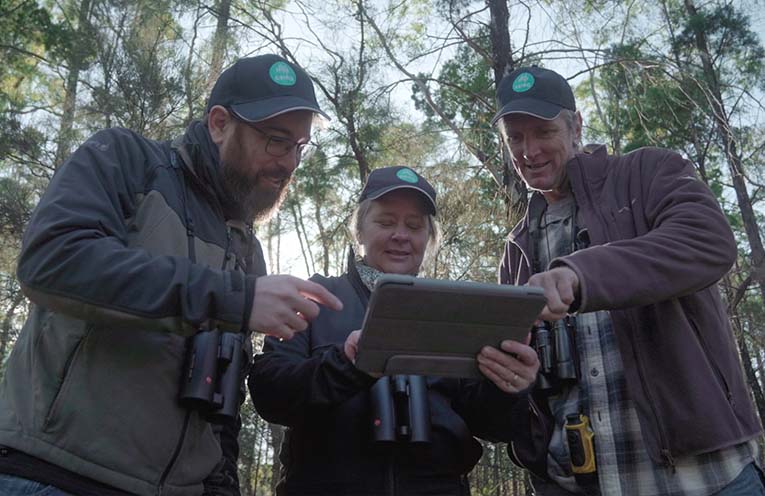
CSIRO, Australia’s national science agency, has announced a new phase in its National Koala Monitoring Program which is set to deliver a robust estimate of the national koala population.
The new phase includes $10 million in funding over the next four years, which was announced by Minister for the Environment and Water Tanya Plibersek last month.
 Advertise with News of The Area today.
Advertise with News of The Area today.It’s worth it for your business.
Message us.
Phone us – (02) 4981 8882.
Email us – media@newsofthearea.com.au
The funding comes at a much-needed time for Australia’s koala population.
In January 2022, the koala (combined populations of Queensland, New South Wales and the Australian Capital Territory) was up-listed to ‘Endangered’ under the Environment Protection and Biodiversity Conservation Act 1999 (EPBC Act).
“This valuable funding enables us to develop new innovative approaches to using koala data, collected from different sources and methods, to assist koala recovery and management efforts,” Co-project leader for the National Koala Monitoring program, CSIRO Senior Research Scientist Dr Andrew Hoskins said.
The new phase of the National Koala Monitoring Program will deliver a robust estimate of the national koala population.
This will result in a long-lasting capability to monitor and assess trends in koala populations across the entire species range.
CSIRO researchers have spent the past year co-designing the national koala program with key research, agency, Indigenous and community partners.
“The koala is an iconic species for all Australians, and of enormous cultural and spiritual significance to First Nations people,” CSIRO Senior Research Scientist Dr Andrew Hoskins said.
“Partnerships are core to the National Koala Monitoring Program.
“As such, we recognise that the only way we can recover this iconic species is having everyone involved, the broadest community minds possible,” he said.
CSIRO will be working with university, agency, Indigenous and citizen science groups to build on existing on-ground efforts and use state of the art scientific surveying and modelling techniques.
Boots are already on the ground for the new phase of the program, which kicked off in the Northern Murray Darling catchment, Queensland earlier this month.
This included CSIRO working with the Queensland Murray Darling Catchment Aboriginal Rangers (QMDCL), Millmerran Landcare and fellow community members to conduct survey work and workshop discussions.
The QMDCL Aboriginal rangers are working with CSIRO to develop cross-cultural monitoring methods to find and share information about koala population status and trends.
This includes supporting QMDCL to collect koala data using structured survey techniques, such as on-ground transects and drone surveys.
“There is much to learn about where koalas are in our region, how many there are, and if they are healthy. This collaboration is important for koala and country,” Senior Queensland Murray Darling Catchment Aboriginal Ranger William Taylor said.
“We are co-designing a dashboard which allows koala data to be appropriately used and shared for Guda (koalas) and country.”
Koalas are easy to identify.
But our ability to see (or detect) individual koalas is extremely low and varies in different habitats, and even between different people using different monitoring methods.
The new National Koala Monitoring Program will collect koala sightings using consistent methods across the country and build survey know-how with citizen scientists.
This will help achieve the rigorous, national snapshot of koala populations and koala distribution.
“Good science is key to good conservation.
“This new National Koala Monitoring Program will help us make better investments and better conservation decisions, so that we can protect the iconic koala for generations to come,” Threatened Species Commissioner, Department of Climate Change, Energy, the Environment and Water, Dr Fiona Fraser said.

